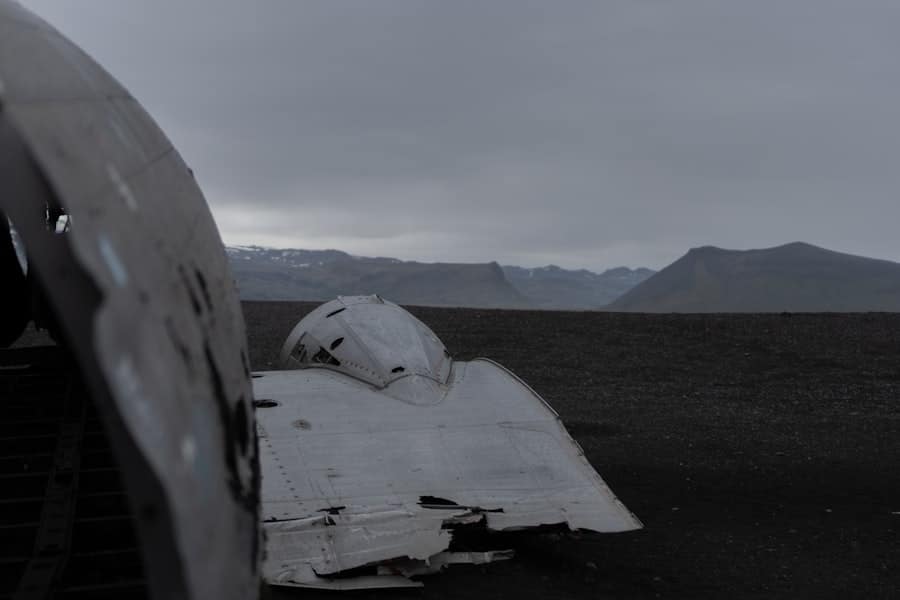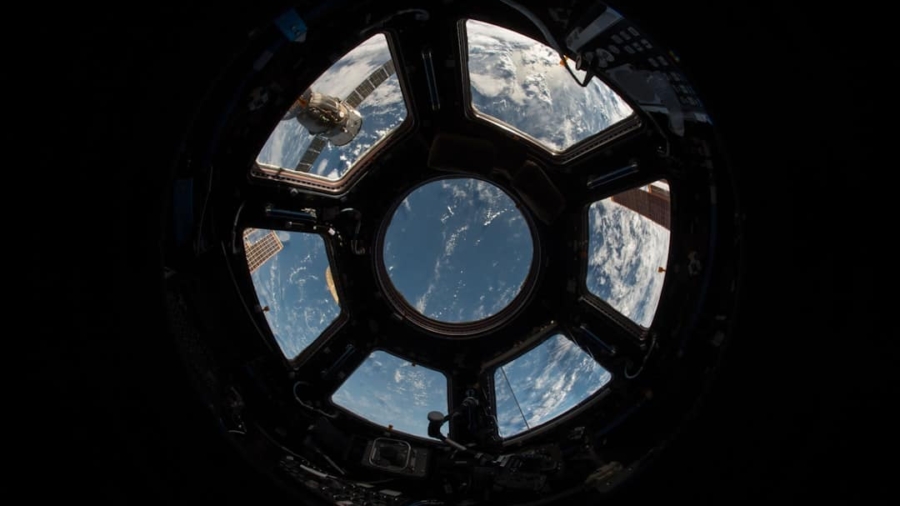The concept of space tourism has transitioned from the realm of science fiction into a burgeoning industry, capturing the imagination of millions around the globe. The idea of ordinary individuals experiencing the wonders of space travel has gained traction since the early 2000s, when private companies began to explore the feasibility of commercial spaceflight. The first significant milestone occurred in 2001 when American businessman Dennis Tito became the first space tourist, spending nearly eight days aboard the International Space Station (ISS) after purchasing a ticket from the Russian space agency.
This event marked a pivotal moment, igniting interest in the potential for space travel beyond government astronauts and researchers. As technology has advanced, so too has the accessibility of space travel. The last two decades have seen a surge in investment and innovation within the aerospace sector, leading to a new era where private citizens can aspire to venture into low Earth orbit.
Companies like SpaceX, Blue Origin, and Virgin Galactic have emerged as key players, each with their unique approach to making space tourism a reality. The successful launch of SpaceX’s Crew Dragon spacecraft in 2020, which transported astronauts to the ISS, demonstrated that private companies could achieve what was once thought to be the exclusive domain of national space agencies. This success has paved the way for future commercial missions, including those aimed at providing suborbital flights for tourists.
Key Takeaways
- Space tourism is on the rise with the potential for commercial space travel becoming a reality.
- Private companies are playing a significant role in the development and promotion of space tourism.
- Technology is revolutionizing space tourism, making it more accessible and safe for the general public.
- Space tourism faces challenges such as high costs, safety concerns, and regulatory issues.
- The future of space tourism infrastructure holds promise for the development of spaceports and other related facilities.
The Role of Private Companies in Space Tourism
Private companies have become instrumental in shaping the landscape of space tourism, leveraging their resources and expertise to create opportunities for civilian space travel. Unlike traditional government-led space programs, these private enterprises operate with a profit motive, driving innovation and competition that can lead to more affordable and accessible options for potential space tourists. For instance, Virgin Galactic’s SpaceShipTwo is designed to carry passengers on suborbital flights, providing a few minutes of weightlessness and stunning views of Earth from the edge of space.
The company has conducted several test flights and aims to offer commercial flights to paying customers, demonstrating how private initiatives can bring space tourism closer to reality. Moreover, companies like Blue Origin have taken a different approach by focusing on reusable rocket technology. Their New Shepard spacecraft is designed for suborbital flights that allow passengers to experience microgravity and witness the curvature of the Earth.
By emphasizing reusability, Blue Origin aims to reduce costs and increase the frequency of flights, making space tourism more viable for a broader audience. The competitive landscape among these private companies fosters rapid advancements in technology and safety protocols, ultimately benefiting consumers who are eager to embark on their own journeys into space.
The Impact of Technology on Space Tourism

Technological advancements have been at the forefront of making space tourism feasible and safe for civilians. Innovations in rocket design, materials science, and life support systems have all contributed to the development of spacecraft capable of carrying passengers beyond Earth’s atmosphere. For example, advancements in propulsion technology have led to more efficient engines that can reduce travel time and costs associated with launching spacecraft.
The development of reusable rockets has revolutionized the industry by significantly lowering the cost per launch, which is crucial for making space tourism economically viable. Additionally, improvements in simulation technology have enhanced training programs for prospective space tourists. Companies like SpaceX and Virgin Galactic utilize virtual reality and advanced simulators to prepare passengers for their journey.
These training sessions help familiarize individuals with the sensations they will experience during launch and re-entry, ensuring they are better equipped to handle the physical demands of space travel. Furthermore, advancements in life support systems have made it possible to create a safe environment for passengers during their brief time in space, addressing concerns about health and safety that are paramount for any commercial venture.
The Challenges of Space Tourism
Despite its promising prospects, space tourism faces numerous challenges that must be addressed before it can become a mainstream activity.
Currently, tickets for suborbital flights can range from hundreds of thousands to millions of dollars, limiting access primarily to wealthy individuals.
This economic barrier raises questions about equity and inclusivity in an industry that should ideally be accessible to a broader demographic. Safety is another critical concern that must be addressed as space tourism evolves. The risks associated with launching civilians into space are substantial, as evidenced by past accidents involving both crewed and uncrewed missions.
Ensuring that spacecraft are equipped with robust safety features and that rigorous training protocols are in place is essential for building public trust in this emerging industry. Regulatory frameworks also need to be established to govern commercial spaceflight operations, ensuring that safety standards are met and that passengers are adequately informed about potential risks.
The Future of Space Tourism Infrastructure
As interest in space tourism continues to grow, there is an increasing need for infrastructure that can support this new industry.
Spaceports must be equipped with advanced technology capable of handling multiple launches per day while ensuring safety protocols are strictly followed.
For instance, SpaceX’s launch site at Cape Canaveral has been adapted to support both government missions and commercial endeavors, showcasing how existing infrastructure can be repurposed for new uses. Moreover, the development of orbital hotels and other accommodations in low Earth orbit represents an exciting frontier for space tourism infrastructure. Companies like Axiom Space are already planning to build commercial modules that can attach to the ISS or operate independently as standalone hotels.
These facilities would provide tourists with unique experiences, such as viewing Earth from above or participating in scientific experiments during their stay. As infrastructure evolves, it will play a crucial role in shaping the future landscape of space tourism and determining how accessible it becomes for a wider audience.
The Economic Potential of Space Tourism

The economic potential of space tourism is vast and multifaceted, offering opportunities not only for private companies but also for local economies and global markets. As more individuals express interest in traveling to space, the demand for related services—such as training programs, travel agencies specializing in space tourism packages, and even merchandise—will likely increase significantly. This burgeoning market could create thousands of jobs across various sectors, from aerospace engineering to hospitality.
Furthermore, as technology advances and costs decrease over time, it is anticipated that more people will be able to afford space travel experiences. This democratization of access could lead to a thriving industry worth billions of dollars annually. According to some estimates, the global space tourism market could reach $3 billion by 2030, driven by both suborbital flights and longer-duration stays in orbit or beyond.
Such growth would not only benefit private companies but also stimulate investment in research and development within the aerospace sector.
The Environmental Considerations of Space Tourism
While the allure of space tourism is undeniable, it raises important environmental considerations that must be addressed as the industry develops. Rocket launches produce significant emissions that contribute to atmospheric pollution and climate change. The combustion of rocket propellants releases greenhouse gases and particulate matter into the atmosphere, which can have detrimental effects on air quality and contribute to global warming.
Moreover, there are concerns about the impact of increased traffic in low Earth orbit on existing satellites and other orbital debris. As more spacecraft are launched into orbit for tourism purposes, the risk of collisions increases, potentially exacerbating the already pressing issue of space debris. This necessitates careful planning and regulation to ensure that space tourism does not compromise the sustainability of Earth’s orbital environment.
The Ethical and Legal Implications of Space Tourism
The rise of space tourism also brings forth ethical and legal implications that warrant careful consideration. One pressing ethical concern revolves around equity; as access to space becomes increasingly commercialized, there is a risk that only affluent individuals will be able to participate in these experiences. This raises questions about who gets to experience the wonders of space and whether it should be reserved for a privileged few or made accessible to a broader population.
Legal frameworks governing commercial spaceflight are still evolving, with many countries grappling with how best to regulate this nascent industry. Issues such as liability in case of accidents or injuries during flights need clear guidelines to protect both companies and passengers. Additionally, international treaties regarding outer space exploration may need to be revisited or expanded to address the unique challenges posed by commercial activities beyond Earth’s atmosphere.
As we stand on the brink of this new frontier in human exploration, it is essential that stakeholders—including governments, private companies, and society at large—engage in thoughtful dialogue about how best to navigate these complex issues while fostering an inclusive and sustainable future for space tourism.
In exploring the future of space tourism as a commercial industry, it’s essential to consider the technological advancements that are shaping this burgeoning field. A related article that delves into the broader technological trends influencing industries, including space tourism, is Top Trends on LinkedIn 2023. This article provides insights into the latest innovations and trends that are likely to impact various sectors, offering a comprehensive view of how emerging technologies could drive the growth and accessibility of space tourism in the coming years.
FAQs
What is space tourism?
Space tourism refers to the concept of private individuals traveling to space for recreational, leisure, or adventure purposes. This involves traveling beyond Earth’s atmosphere and experiencing the unique environment of space.
What is the current state of space tourism as a commercial industry?
As of now, space tourism is still in its early stages as a commercial industry. Several companies, such as SpaceX, Blue Origin, and Virgin Galactic, are actively working on developing space tourism capabilities and offering commercial space travel experiences to private individuals.
What are the challenges facing the future of space tourism as a commercial industry?
Some of the challenges facing the future of space tourism include the high cost of space travel, safety concerns, regulatory hurdles, and the development of reliable and cost-effective space tourism vehicles and infrastructure.
What are the potential benefits of space tourism as a commercial industry?
The potential benefits of space tourism as a commercial industry include opening up access to space for private individuals, driving innovation in space travel technology, and potentially contributing to the long-term sustainability of human presence in space.
What are some of the key players in the space tourism industry?
Some of the key players in the space tourism industry include companies like SpaceX, Blue Origin, Virgin Galactic, and other aerospace companies that are actively working on developing space tourism capabilities and infrastructure.

